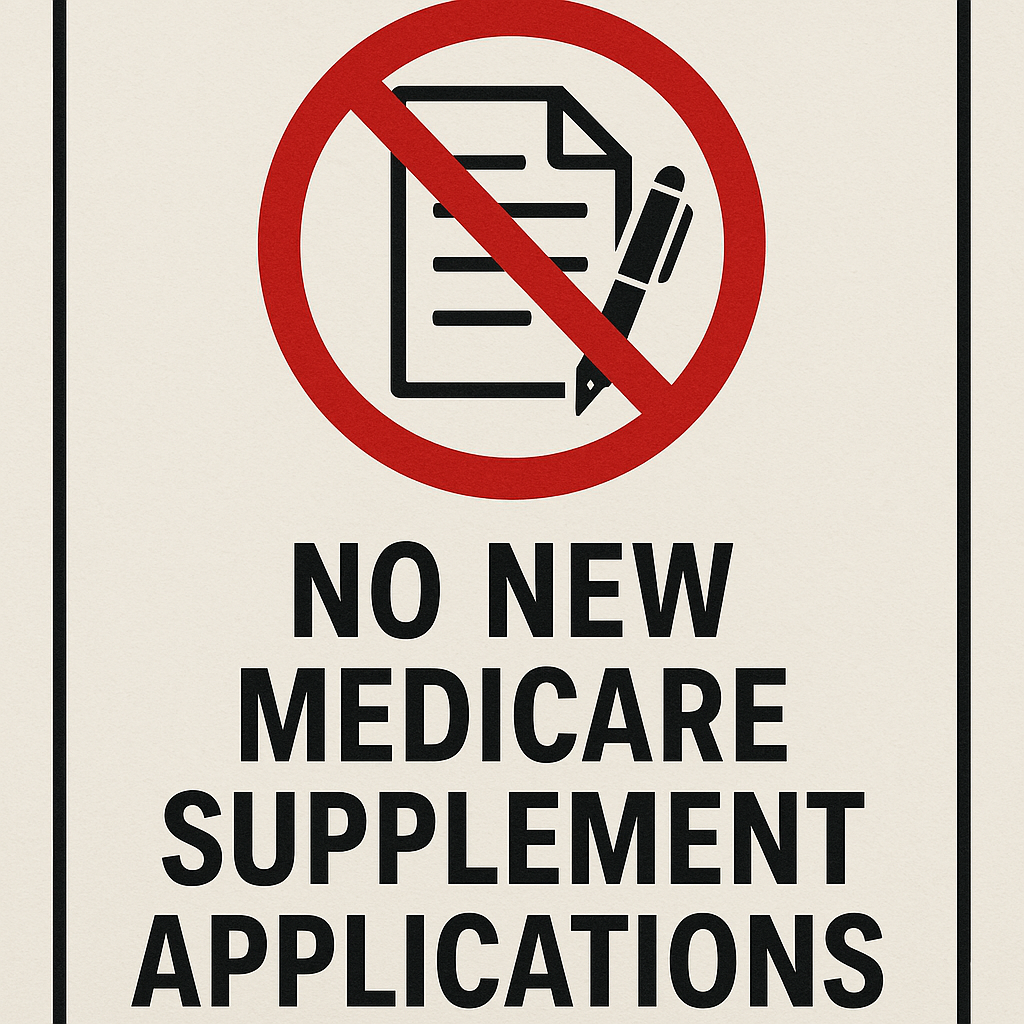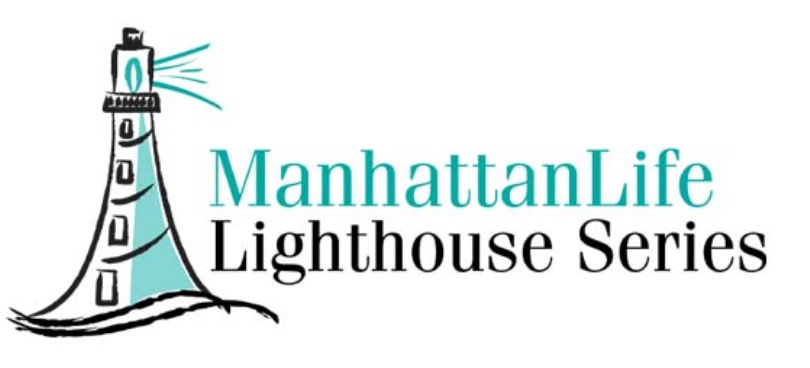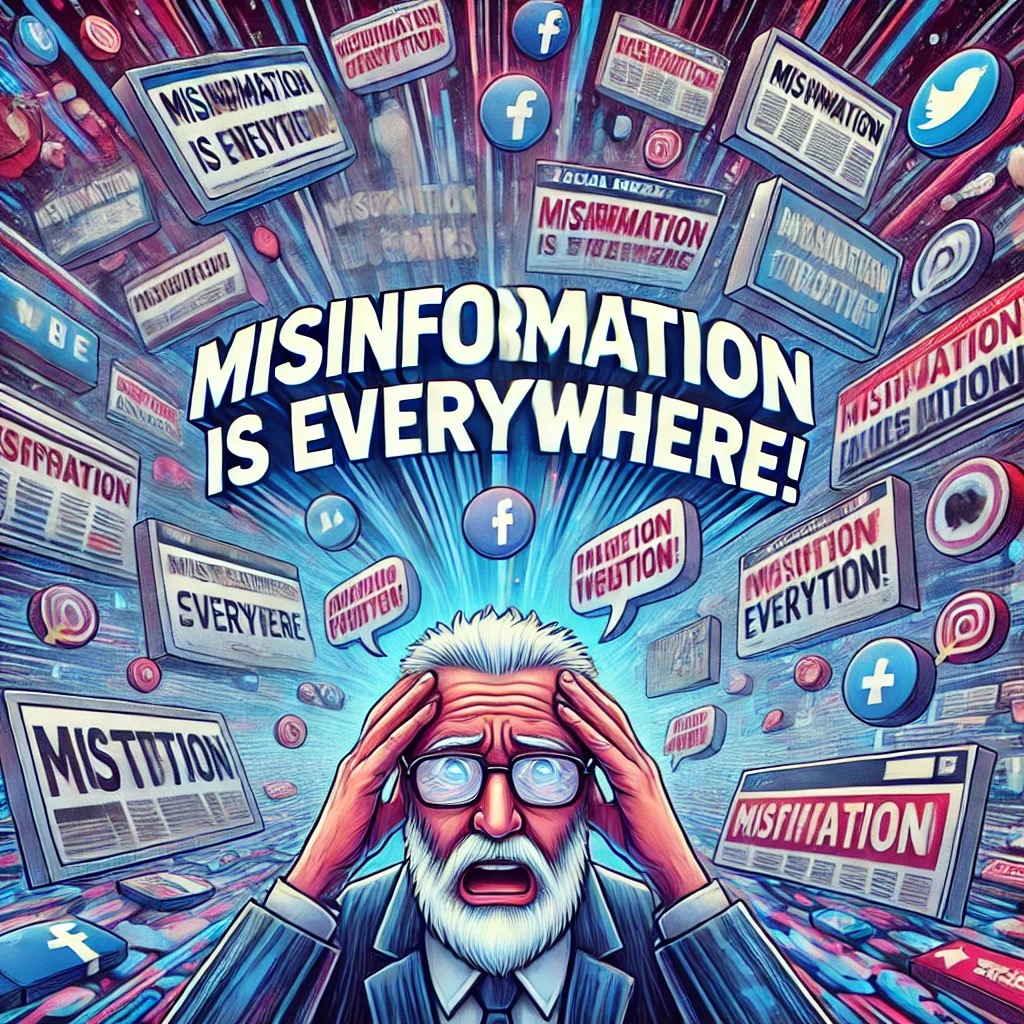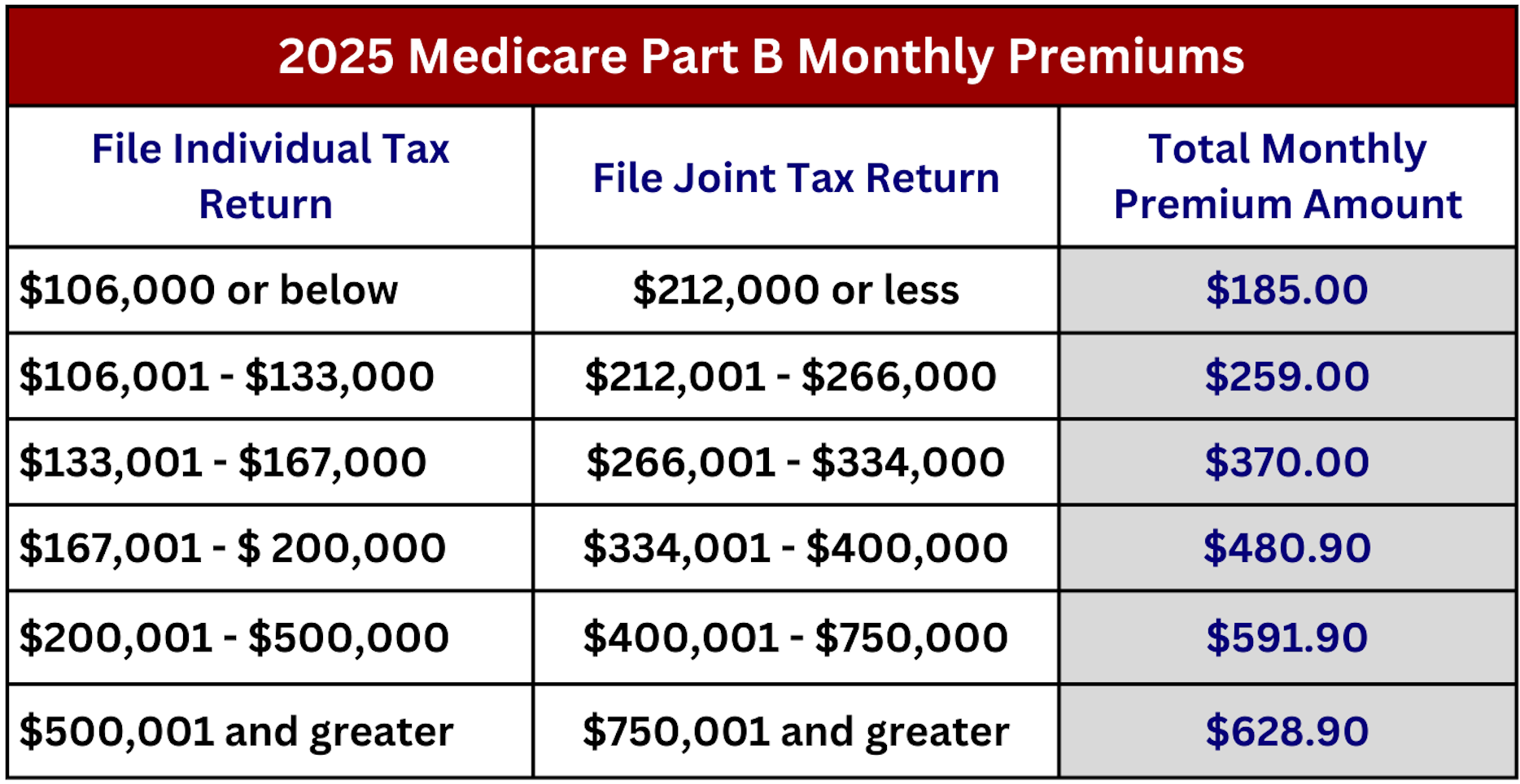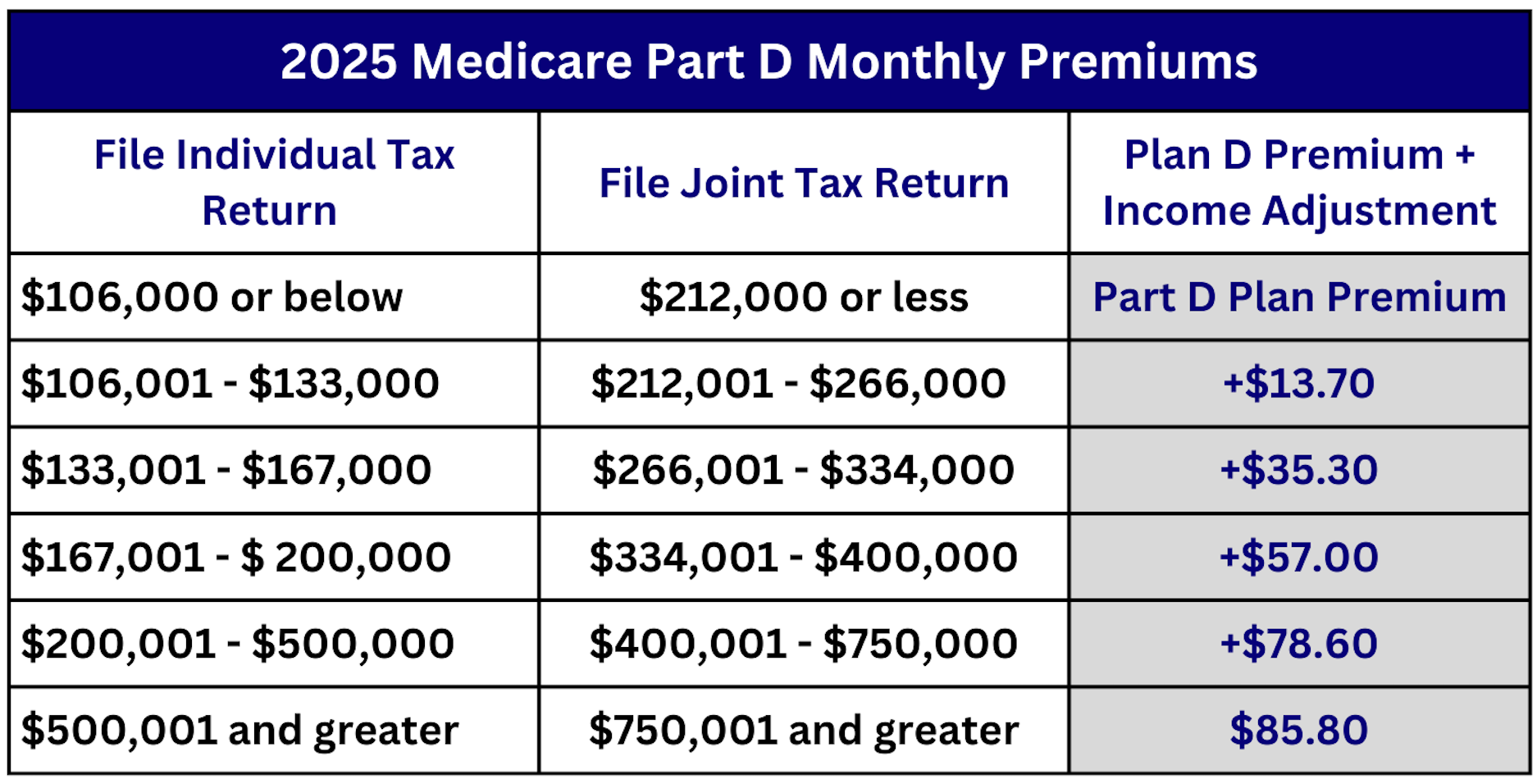ManhattanLife Insurance and Annuity Corporation will discontinue new sales of Medicare Supplement plans. The company will no longer be accepting any new business effective April 30, 2025. This will be for all states, but will not affect existing Medicare Supplement policyholders. All in-force policies will continue to be serviced as usual.
Any application received in their home office after April 30th will NOT be processed and will be withdrawn.
